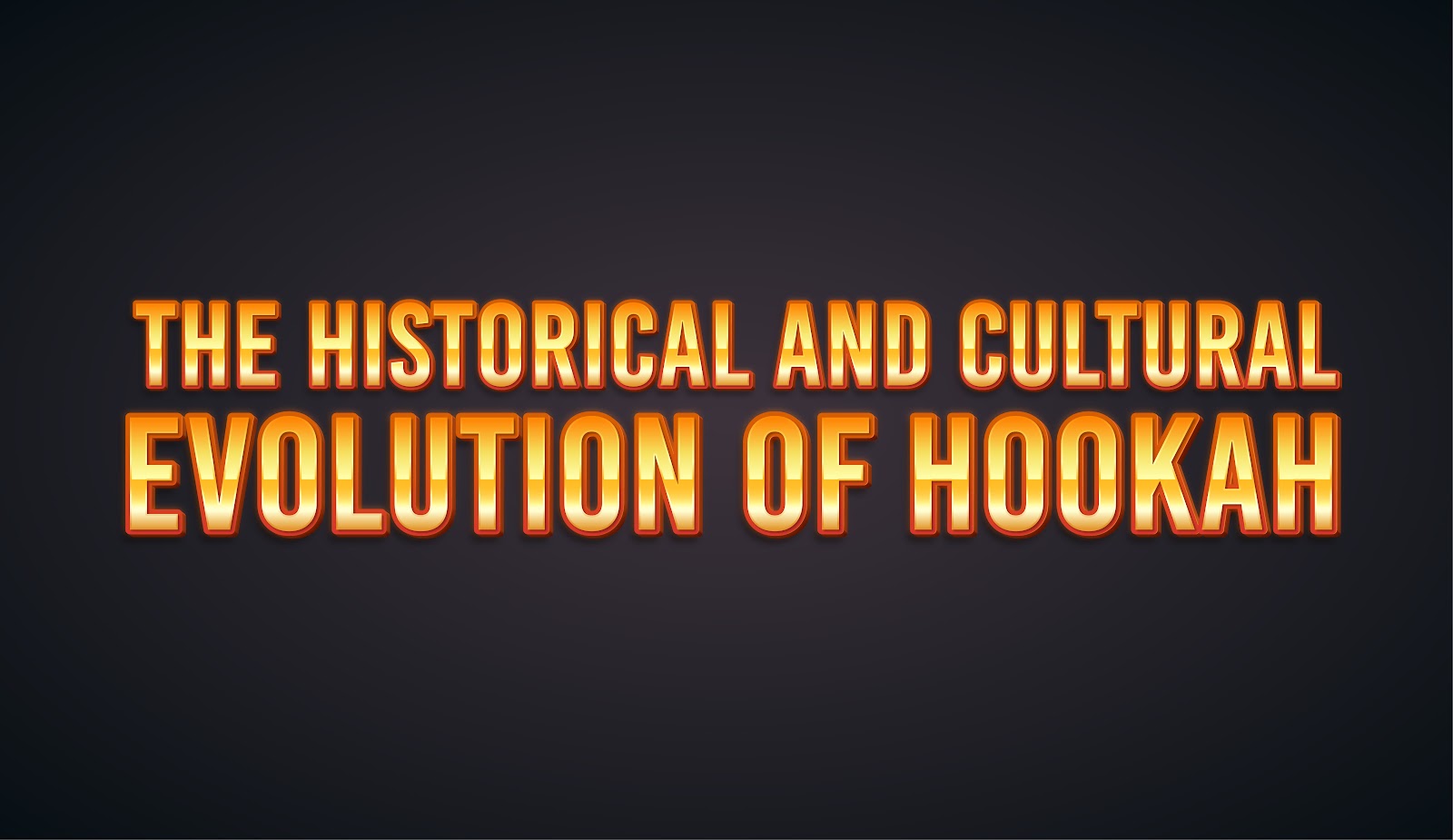
May 10 , 2022
The Historical and Cultural Evolution of Hookah
Most people familiar with hookah or shisha know that its roots are in Asia, or the Middle East, to be precise. But is the Middle East truly the place of origin? Or is it Africa? What if the origin is neither Africa nor the Middle East, but the Indian subcontinent? Well, let’s find out.
The Origins of Hookah
The reason why I mention origins instead of origin is because there is no unanimity among the historians about the exact place and time when the first hookah came about. What one can say with certainty is that smoking pipes existed for centuries before the hookah was developed.
Also, the origins of hookah coincide with the Age of Discovery. Thus, there are multiple accounts of the same type of water pipe that is known as hookah from different parts of Asia, like India and Persia, now Iran.
So, here’s what we know to be true about the origins of hookah.
- In the late 1500s, Portuguese traders brought Brazilian tobacco to India. At the time, the Portuguese and the Dutch were the seafaring leaders of global trade, not the British. And India was ruled by the Mughal Emperor Akbar.
- Akbar’s physician, Abu’l-Fath Gilani, developed a water pipe for the emperor to smoke some of the Brazilian tobacco he received as a gift. The purpose was to filter the smoke so that the emperor didn’t inhale unpleasant substances.
- During the same period, the Portuguese traded with Persians, too. And Brazilian tobacco was a bestseller. However, the Shah of Persia had banned smoking tobacco in Iran. So, only the members of the noble and aristocratic classes could circumvent the decree.
- These rich Persians used to smoke tobacco using a water-based apparatus known as qalyan. While Abbas I, the Great Shah, prohibited smoking, Akbar the Great in India patronized hookah. Also, Akbar was the older of the two.
- But, Gilani, who made the hookah for Akbar, was a Persian by birth. So, did Gilani make the first hookah or was he inspired by pre-existing concepts like the qalyan to develop the water pipe for Akbar?
- Also, there is evidence in India that water pipes existed before Akbar’s reign. Likewise, primitive water pipes have been found in Ethiopia. Made of coconut husks and wood, these remains date back to the 1,000s A.D.
- However, there is no evidence that Ethiopians use the kind of tobacco that Akbar and the Indians or the rich Persians smoked. Smoking pipes have been around since the ancient Indian and Chinese civilizations, but those weren’t exactly hookah.
Therefore, what we can conclude is that the first versions of the modern hookah have an Indian and Persian (Iranian) origin.
The Royal History of Hookah
The initial history of hookah in India and Persia is largely about the royal, noble, and aristocratic classes. Also, the traders or merchant classes caught up with the trend. And hookah started to become a bit more widespread as the smoking prohibition was revoked in Persia.
The Cultural Evolution of Hookah
The cultural evolution of hookah panned almost three centuries, from the 1700s through the 1900s. The major participants were the Indians, Iranians, Egyptians, and Turks.
In fact, even when hookahs were largely limited to the rich people in India, the water pipe became widespread among the masses in Egypt, Iran, and Turkey. At the same time, hookah became popular in Syria and many other Middle Eastern and Central Asian countries.
By the 19th century, hookah had become a social activity in much of Asia, including the Middle East, India, and Turkey, and North Africa, such as Egypt. Gradually, hookah started to make its way to the west, including the Mediterranean region and Southern Europe.
The Modern Hookah for Everyone
Interestingly, the British did not introduce hookah to the west, despite having several colonies where smoking shisha was a common social and cultural activity. The British and Americans were mostly satisfied with cigarettes and cigars for much of the entire 20th century.
The global spread of hookah has been largely driven by people that wanted to share one of their favorite pastimes. Also, modern hookahs have significantly evolved from the first versions, not only regarding the water pipe or smoking apparatus but also the shisha flavors.
Today, hookah isn’t for any one class or culture. Smoking shisha is a social and cultural activity in many parts of the world, including the United States. Not too long ago, only tourists would get introduced to hookahs and shisha flavors in India, Dubai, and other parts of the Middle East. But now you can find all types of hookahs and innumerable shisha flavors anywhere in the U.S.
